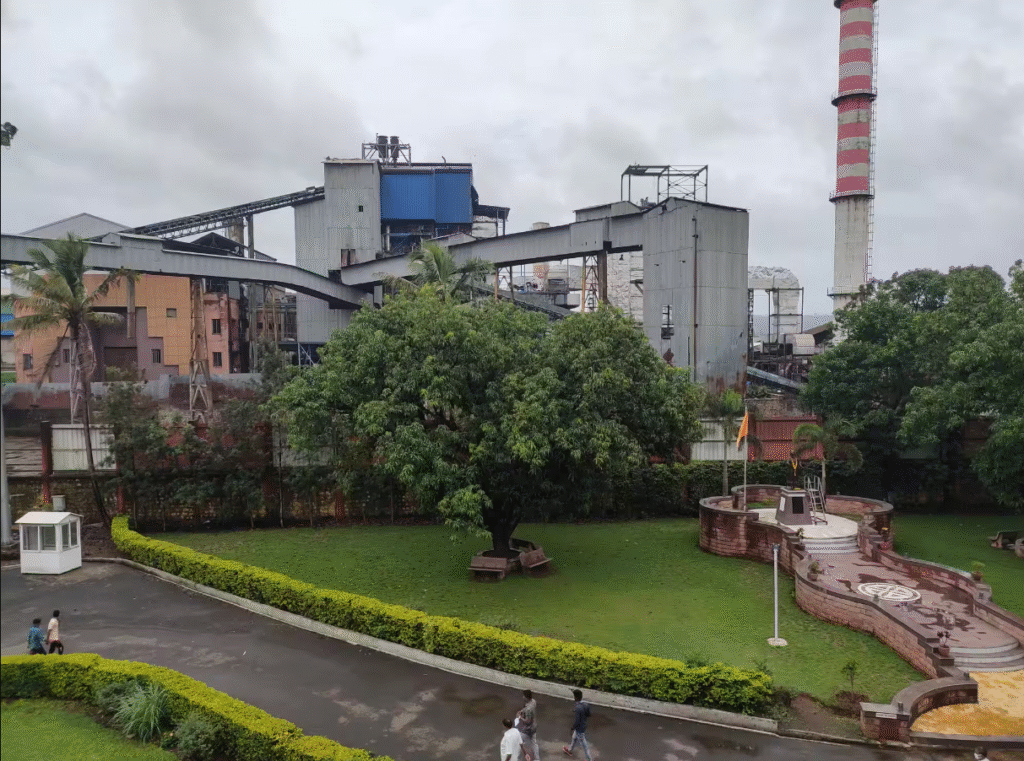Introduction
Kolhapur Cooperative Movement, Kolhapur, located in the sugar belt of Maharashtra, has a proud legacy deeply rooted in the cooperative movement. What began as a farmer-led initiative to gain control over sugar production evolved into a socio-economic revolution. The rise of cooperative sugar factories in Kolhapur not only transformed the agricultural economy but also uplifted rural communities, reduced poverty, and became a model for other Indian regions to follow.
This blog explores the historical background, key milestones, and enduring impact of the cooperative sugar movement in Kolhapur.

The Pre-Cooperative Era: Exploitation and Middlemen
Before the cooperative movement took off, sugarcane farmers in Kolhapur were heavily dependent on private sugar mill owners and middlemen. Despite working tirelessly, farmers received a fraction of the actual value for their sugarcane, leading to cycles of debt and poverty.
Private mills focused solely on profit, often ignoring the welfare of the farmers. The exploitation became a rallying cry, igniting the seeds of self-reliance and collective ownership.
Birth of the Cooperative Movement in Maharashtra
The cooperative movement in India began in the early 1900s, but it gained significant momentum in post-independence Maharashtra. The region was fertile ground for cooperatives due to its strong community bonds, agrarian base, and leaders with a vision for equitable development.
The movement found special resonance in Western Maharashtra, including Kolhapur, where sugarcane was a dominant crop. The idea was simple but revolutionary: own the means of production and share profits among the producers.
Kolhapur’s First Cooperative Sugar Factory
The Shree Datta Shetkari Sahakari Sakhar Karkhana in Shirol Taluka, founded in 1961, is often credited as one of the early cooperative sugar factories in the district. Backed by local farmers and leaders, the initiative received government support under the then Chief Minister Yashwantrao Chavan’s cooperative development policies.
This marked the beginning of a new era. Farmers were not just growers but stakeholders in the factory, receiving fair returns and access to education, healthcare, and infrastructure.
How Cooperative Sugar Factories Work
Cooperative sugar factories are owned by sugarcane farmers who become shareholders. Each shareholder has a say in the factory’s management and receives dividends based on the quantity of sugarcane supplied.
Key Features:
- Democratic management through elected bodies.
- Profit sharing among members.
- Investment in rural infrastructure (schools, roads, clinics).
- Loans and subsidies for farmers.
- Encouragement for organic and sustainable farming practices.
Impact on Rural Development in Kolhapur
1. Economic Empowerment of Farmers
The cooperative model ensures that profits are reinvested in the community. Farmers in Kolhapur began earning consistent and fair incomes, drastically reducing dependence on moneylenders.
2. Infrastructure Development
Roads, canals, electricity, and even schools and hospitals were built by cooperative sugar factories in their operational areas, greatly improving the quality of life in rural Kolhapur.
3. Employment Generation
These factories created direct employment in factory operations and indirect jobs in transport, retail, and services. Youth from farming backgrounds found opportunities within their own communities.
4. Political Empowerment
Many leaders in Maharashtra’s politics, including in Kolhapur, rose through the cooperative movement. This grassroots leadership ensured that rural voices reached state and national platforms.
Role of Visionary Leaders
Several visionary leaders played a crucial role in shaping Kolhapur’s cooperative landscape. Figures like Dhananjayrao Gadgil and Sharad Pawar (from neighboring districts but influential statewide) promoted the idea of farmers’ self-reliance through cooperatives.
In Kolhapur, local leadership took these ideas forward with strong participation from Gram Panchayats and farmer unions.
Challenges Faced by Cooperative Sugar Factories
Despite their success, cooperative factories have faced significant hurdles:
1. Political Interference
Over time, local politics began to infiltrate factory management. Leadership contests became more about power than performance.
2. Financial Mismanagement
Some cooperatives suffered due to poor financial planning and excessive borrowing. Corruption in procurement and distribution weakened several units.
3. Market Pressures
With the entry of private mills and fluctuating sugar prices in the global market, cooperative mills struggled to remain competitive.
Revival and Modernization
In recent years, efforts have been made to modernize these factories with new technologies and management reforms.
- Use of automated processing units
- Introduction of ethanol production for additional revenue
- Promotion of solar energy and sustainable practices
- Digitization of farmer records and payment systems
Kolhapur as a Model for Other Regions
Kolhapur’s cooperative sugar factories remain a powerful case study in rural development:
- The model of shared ownership
- Localized development
- Empowerment through education and employment
These principles have inspired cooperative models across India and even in other sectors such as milk production (Amul) and housing cooperatives.
Success Stories to Highlight
- Shree Datta Sugar Factory, Shirol
- Warana Cooperative Sugar Factory
- Jawahar Shetkari Sakhar Karkhana, Hupari
These cooperatives have successfully diversified into banking, education, medical services, and even retail outlets, proving the potential of collective enterprise.
Conclusion
The story of cooperative sugar factories in Kolhapur is not just about sugar—it’s about sweet success through unity. It shows how rural communities can organize, own, and operate industries to transform their futures. Despite modern challenges, the cooperative spirit continues to guide Kolhapur toward sustainable development and economic independence.
As India seeks inclusive growth, Kolhapur’s cooperative legacy offers valuable lessons in grassroots empowerment, rural industrialization, and people-led governance.


